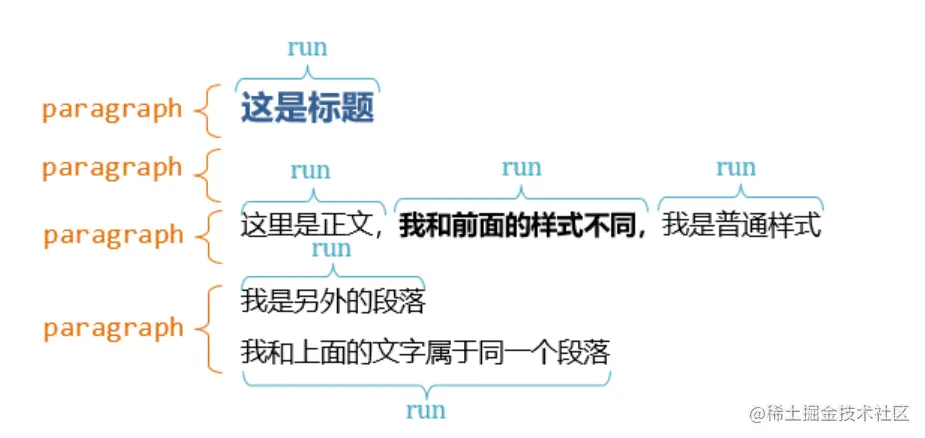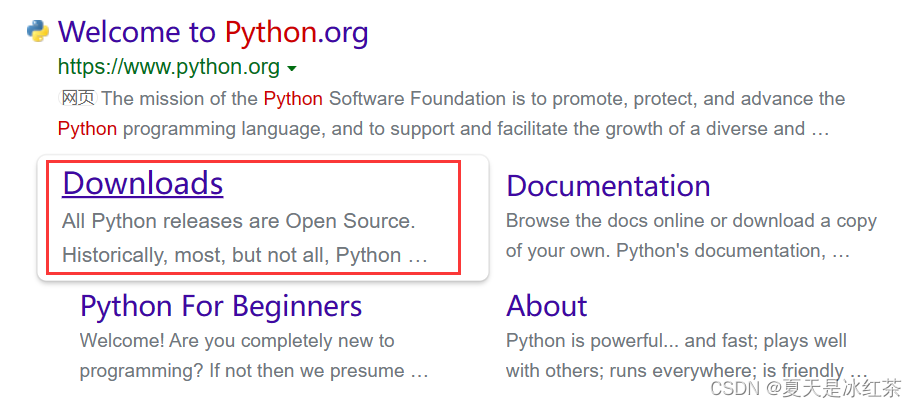本文实例讲述了Python构建XML树结构的方法。分享给大家供大家参考,具体如下:
1.构建XML元素
#encoding=utf-8
from xml.etree import ElementTree as ET
import sys
root=ET.Element('color') #用Element类构建标签
root.text=('black') #设置元素内容
tree=ET.ElementTree(root) #创建数对象,参数为根节点对象
tree.write(sys.stdout) #输出在标准输出中,也可写在文件中
输出结果:
<color>black</color>
2.构建完整XML树结构
#encoding=utf-8
from xml.etree import ElementTree as ET
import sys
root=ET.Element('goods')
name_con=['yhb','lwy']
size_con=['175','170']
for i in range(2):
# skirt=ET.SubElement(root,'skirt')
# skirt.attrib['index']=('%s' %i) #具有属性的元素
skirt=ET.SubElement(root,'skirt',index=('%s' %i)) #相当于上面两句
name=ET.SubElement(skirt,'name') #子元素
name.text=name_con[i] #节点内容
size=ET.SubElement(skirt,'size')
size.text=size_con[i]
tree=ET.ElementTree(root)
ET.dump(tree) #打印树结构
输出结果:
<goods><skirt index="0"><name>yhb</name><size>175</size></skirt><skirt index="1"><name>lwy</name><size>170</size></skirt></goods>
3.XML规范中预定的字符实体
所谓字符实体就是XML文档中的特殊字符,如元素内容中有“<”时不能直接输入,因为“<”
| 字符实体 | 符号 |
|---|---|
| < | < |
| > | > |
| & | & |
| ' | |
| " |
关于转义字符可参考本站 HTML/XML转义字符对照表:http://tools.haodaima.com/table/html_escape
PS:这里再为大家提供几款关于xml操作的在线工具供大家参考使用:
在线XML/JSON互相转换工具:
http://tools.haodaima.com/code/xmljson
在线格式化XML/在线压缩XML:
http://tools.haodaima.com/code/xmlformat
XML在线压缩/格式化工具:
http://tools.haodaima.com/code/xml_format_compress
XML代码在线格式化美化工具:
http://tools.haodaima.com/code/xmlcodeformat
希望本文所述对大家Python程序设计有所帮助。
以上就是Python构建XML树结构的方法示例。人生没有绝对的公平,而是相对公平。在一个天平上,你得到越多,势必要承受更多,每一个看似低的起点,都是通往更高峰的必经之路。更多关于Python构建XML树结构的方法示例请关注haodaima.com其它相关文章!





